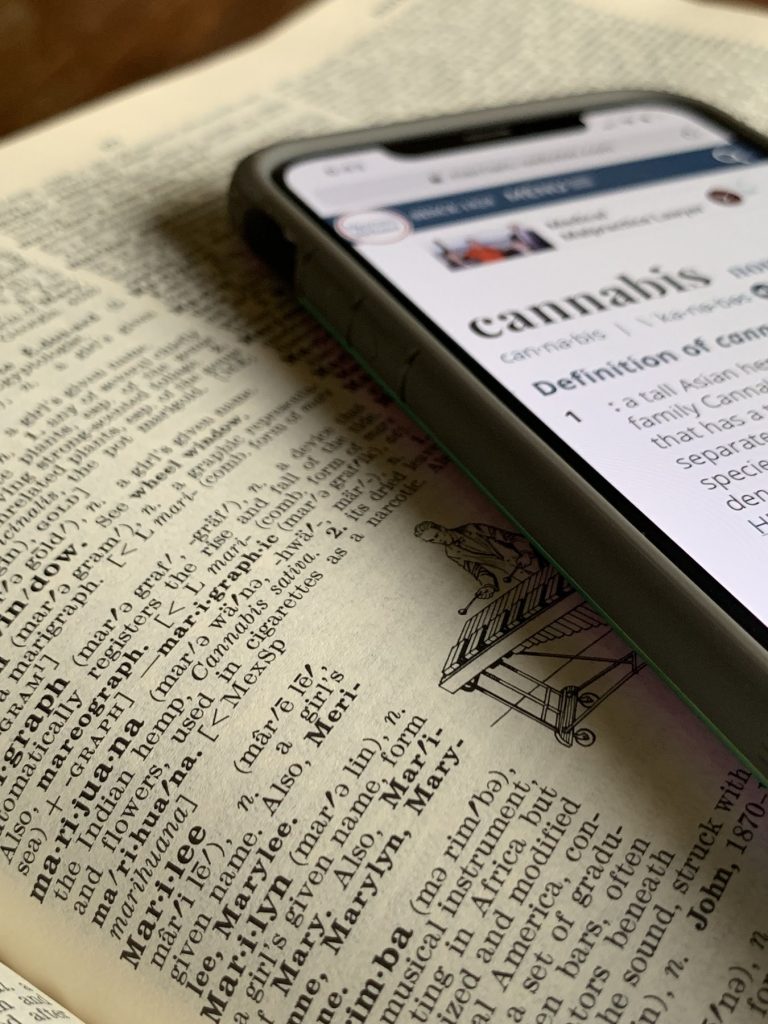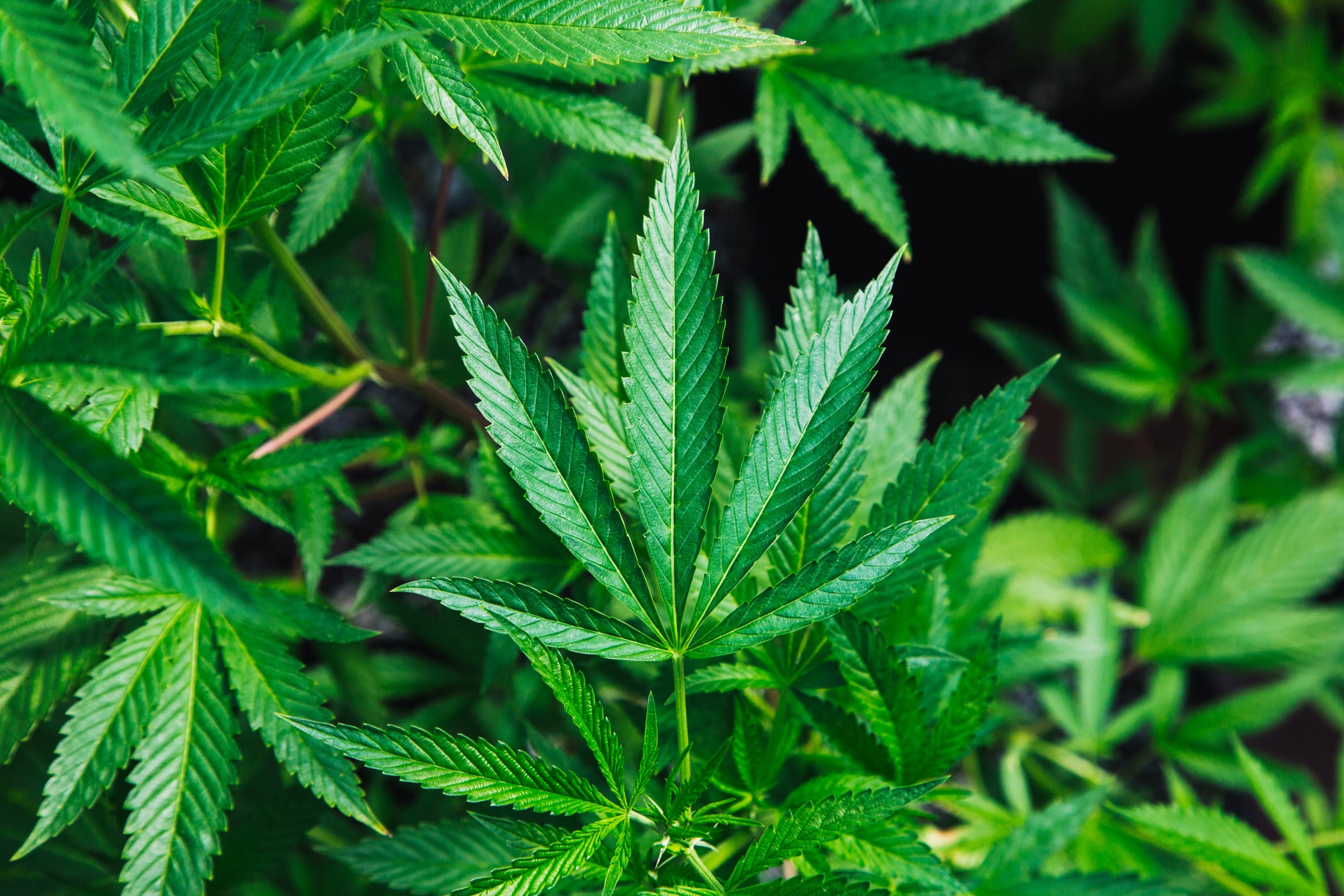In a market where THC is king, a growing community is crowning a new family of cannabis royalty: microdosing. While certainly, micro-dosing doesn’t seem to be usurping the crown from a potency-obsessed culture anytime soon, the medical benefits of microdosing have proven a viable alternative to treatments of serious illness and disease. The low dosage method has also proven to be a great way to introduce your mind, body and spirit to cannabis. But even so, there exists plenty of discussion about the best doses and methods and what population benefits most from microdsoing.
Marijuana continues to prove itself as a medical option for people who are looking for more holistic, non-pharmaceutical methods of treatments. Medical treatments that won’t solicit addiction or have you falling victim to steep medical bills; rather these earthly treatments amplify the already amazing properties of cannabis, making us at GrassDoor proud to be a part of this industry, as well as your go-to cannabis delivery service. Relaying these benefits to you means being able to possibly help someone alleviate chronic pain, fight cancer, alleviate depression, anxiety, loss of appetite and other serious debilitating illness. What this means to us at GrassDoor is something we cannot easily put into words.
Microdosing at first glance seems pretty simple: it the benefits without the buzz. It’s a way of dipping in your toes to make sure the water is to your preference. However, scientifically there are proven benefits to micro-dosing, as manufacturers and practitioners discover more ways to reap these benefits without the psychoactive effects of THC.
While microdosing in the past has predominantly been associated with psychedelics, with cannabis; the idea is to help those who need the medical benefits of cannabis without the change in consciousness. It’s truly a medical accomplishment to be able to give someone the affects without the effects. That being said, it hasn’t been a simple process. As Dustin Sulak, an Osteopathic Physician writes, “When you raise the dose sometimes you get diminished benefits, and sometimes you get the opposite of what you are looking for.” For example, while a small amount of cannabis can help reduce anxiety too much can actually cause it.
Michelle Ross, a founder of IMPACT Network, a nonprofit organization dedicated to empirical medical research of cannabis-related treatments for patients, spoke openly to the obtuse use of medical cannabis. “Most people don’t know about microdosing. They just blast their system with cannabis or high amounts of THC, and that is not always the best approach for whatever condition they have.” Just like anything, too much of a good thing can become bad. “Micro-dosing is something that is very personal. There is no magic bullet for all patients; it is different for each one,” says Ross. It’s about finding what medical conditions lend themselves to microdosing, and to helping the everyday lives of people who would benefit from them.
Ross herself takes several small doses of cannabis each day to help manage her own health issues and promote her overall well-being. “I have a lot of chronic health problems including neuropathy and fibromyalgia, and cannabis has been the only thing that has enabled me to surmount them,” she says.

While we wait for more substantial empirical evidence to surface into medical arenas, according to Sulak, many of the patients he treats are now turning to microdosing to treat chronic conditions of pain, depression, anxiety, stress and to help import focus and promote appetite and easier sleep.
According to a US National Library of Medicine for the National Institutes of Health, a Nabiximols study for opioid-treated cancer patients, patients with advanced cancer who were unresponsive to traditional opioid painkillers, were given Nabiximols, a THC/CBD compound, at low to medium to high doses. The report remarkably concluded that patients who received the lowest dosage of cannabinoids exhibited the highest reduction in pain; compared to those who received higher doses.
Microdosing throughout the following years has continued to prove its beneficial effects with another notable study treating incarcerated individuals was published in the Journal of Clinical Psychopharmacology. A small group of incarcerated individuals were given low, 4 mg doses of Nabilone, a synthetic cannabinoid to help treat their post-traumatic stress disorder(PTSD) and its associated symptoms. The results that were published in 2014, proved significant improvements in PTSD-related insomnia, nightmares, general symptoms of anxiousness and anxiety, and even helped alleviate chronic pain.
Like these test show us, Sulak point out that cannabis can be effective for helping to control other chronic conditions.“ If I see someone with multiple sclerosis who is in the middle of a flare-up and having a really hard time, she may need a higher dose to get the symptoms under control,” he says. “But as she gets well and heals, her daily dose will go down and down and down, until the point where microdosing becomes a maintenance plan.”
“The goal is to use the dose that gives the most minimal noticeable effect,” says Sulak. “You are not trying to get stoned, you are not trying to get total relief from symptoms–you are just trying to get a little something. And then once you get to that dose where you feel a little something, stay there for a few days and then you can start gradually increasing if needed. And that typically falls somewhere between one and three milligrams per dose.”
Sulak himself participates in microdosing cannabis. As he puts is: “I find that a sub-psychoactive dose of cannabis helps me stay healthy, reduce stress, and stay sharp and focused at work.”
by Zane Foley


